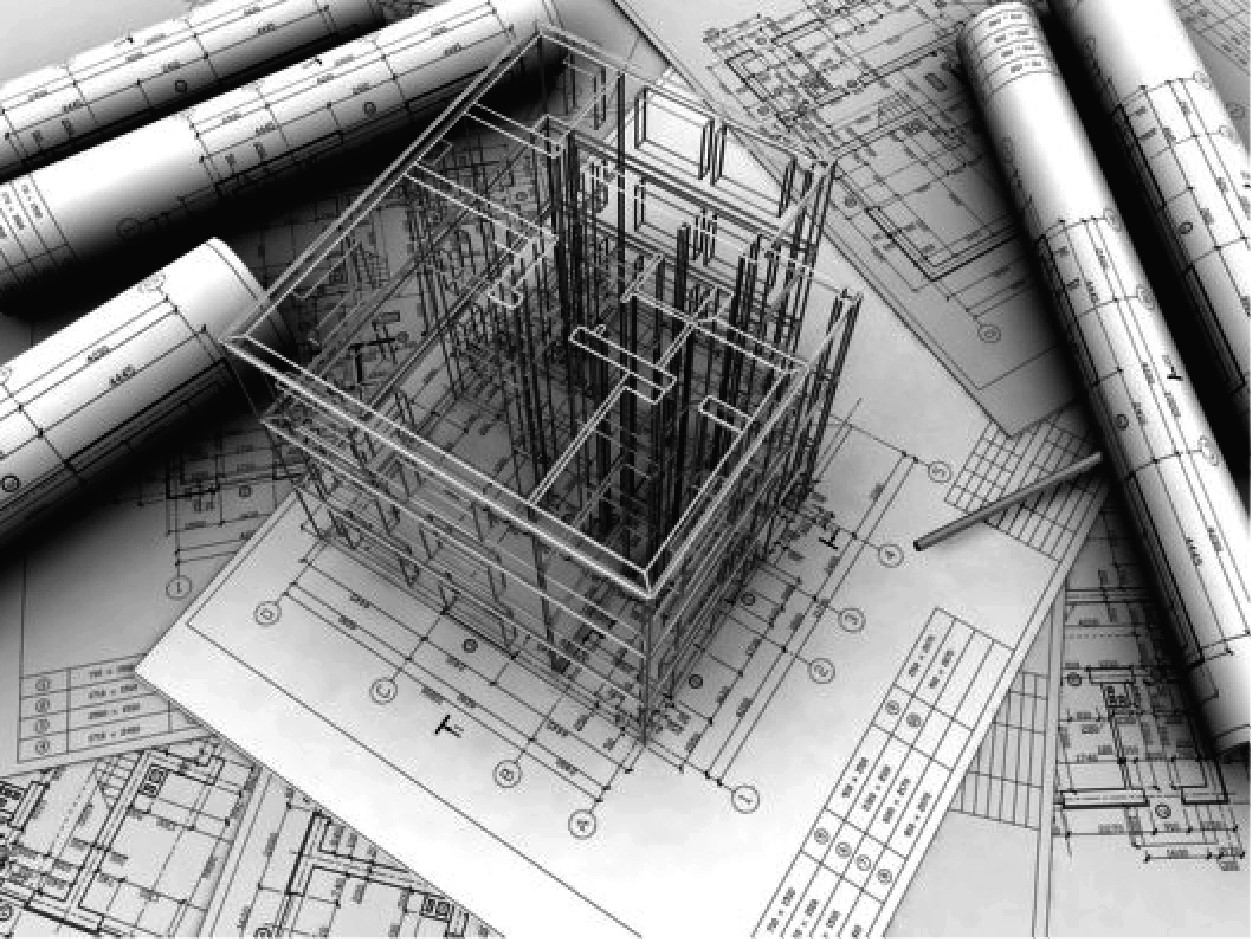The latest technological advances have led to smart buildings where solutions are applied to improve efficiency and reduce energy consumption and costs. Smart building technology allows the existence of smart cities, which will improve the well-being of the population.
What is a smart building?
As its name suggests, a smart building is an intelligent building based on the connection and relationship of the different electronic components inserted in the building. The objective of designing and constructing smart buildings depends on the need to reduce energy consumption and environmental impact. Still, it also represents the possibility of offering users extremely high levels of comfort.
Building automation allows the programming and efficiency of the functions of a building, which becomes an ecosystem, more or less complex, in devices connected to each other. Each floor is intelligent on its own but works with others in ways of integration because what makes a building intelligent is actually the integrated control and operation of its components.
In addition, even though the system’s complexity can be high, it is not necessarily its way of interacting with the user, who can often manage many functions (for example, lighting and heating) from a simple smartphone through an application.
How to do it?
1. Choose smart from the start
For best results, it is recommended to build from a smart start. This does not mean that intelligence elements cannot be introduced later. However, it may generate more costs.
2. Identify the experts
Identify experts who can help you sell your concept to interested parties. Work with your advisors to drive smart technology choices, be cost certain.
2. Basic aspects
Electricity supply and demand, resilient building systems that are interconnected can save time, manage risk, and provide cost efficiency and value to the building’s life cycle.
The most attractive complexes in the commercial ones are those where the lights do not go out and the systems are open for updating and improvement.
3. Building benefits
Focus on the technologies and components that you can include from the start. This will help provide benefits to the building and the type of operation needed, allowing future innovations and improvements.
4. Data processing
Focus on the data that needs to be reported efficiently and make sure your technology partner or integrator is aligned with these goals.
5. Don’t discount its life cycle
Understand the relationship between the Capital Expenditure and Operating Expense options. Smart technology installed from the ground up will open the door for smart facility maintenance. This system can become much more cost-effective and drive ROI and system optimization at all levels.
6. Choose a strong, smart partner
Choose a partner that shares and manages risk and reward equally. Must have clear expertise in aggregating intelligence and fosters leading alliances with other technology players.
The study of smart bridge working
The smart bridge technology and the future of work indicate that real estate developers can play an essential role in creating smart cities.
These investments in smart technology could transform the way urban services are made available to occupants and other construction users.
In addition, they collaborate in accelerating the creation of smart cities. It would allow developers to develop a new urban landscape.





Leave a Reply